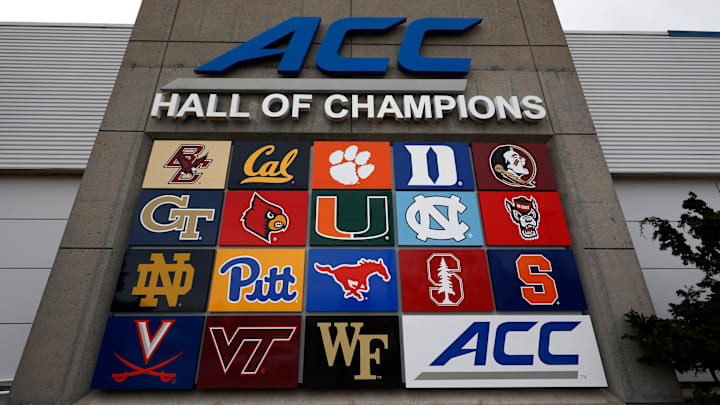Miami and Stanford have never shared a football field, but their histories have circled many of the same landmarks — and, thanks to realignment, they now live in the same neighborhood. The programs are set to meet for the first time on Oct. 25, 2025, at Hard Rock Stadium, a byproduct of the ACC's 2023 vote to add Stanford (with Cal and SMU) beginning in 2024–25 and Miami's earlier jump from the Big East to the ACC in 2004.
A trip down memory lane
Miami rose as one of college football's best teams in the 1980s and early 2000s, winning five national titles (1983, 1987, 1989, 1991, 2001) under four different head coaches. Stanford's history stretches back to the game's formative decades: the Cardinal claims national championships in 1926 under Pop Warner and in 1940 under Clark Shaughnessy, and they reemerged as a national force in the 2010s with multiple Pac-12 titles and major bowls.
Star power has long been a common thread with programs. Miami has produced two Heisman Trophy winners — Vinny Testaverde (1986) and Gino Torretta (1992) — and a deep lineage of NFL greats such as Ray Lewis, Ed Reed, Michael Irvin, etc. Stanford counters with its own Heisman winner in Jim Plunkett (1970) and a run of elite quarterbacks, including No. 1 overall draft picks John Elway (1983) and Andrew Luck (2012).
Even without a head-to-head game, the programs have brushed past each other at some of college football's signature venues. Stanford's breakthrough of the modern era — the 40-12 rout of ACC champion Virginia Tech in the 2011 Orange Bowl — happened on Miami's home turf in Miami Gardens. The Hurricanes have called Hard Rock Stadium home since 2008, and that Orange Bowl was played there (then Sun Life Stadium). A decade earlier, Stanford's 2001 team faced Georgia Tech in the Seattle Bowl, another intersection with the ACC on the Cardinal's climb back to national relevance.
Their identities were forged by different highs and lows. Miami's ceiling remains the 2001 title team that overwhelmed Nebraska in the Rose Bowl — an emphatic national championship that capped a perfect season and reinforced the Hurricanes' status as the sport's talent factory. Stanford's renaissance under Jim Harbaugh and David Shaw followed one of the program's lowest points (1-11 in 2006) and included hallmark moments like the 2007 upset of USC as a 41-point underdog and a run of Rose/BCS bowls that restored the Cardinal's national profile.
Culturally, they have represented two poles of college football: Miami as the swaggering, NFL-ready juggernaut that once set a record with six first-round picks in the 2004 draft (now tied with Alabama in 2021), and Stanford as the West Coast's intellectual, physical counterpunch that routinely produced elite quarterbacks and Heisman runners-up (Toby Gerhart, Andrew Luck, Christian McCaffrey, Bryce Love).
Realignment finally brought their worlds together. The ACC's expansion west made an eventual Miami-Stanford game inevitable; the first chance arrives in 2025 in Miami Gardens, a fitting stage. For two brands that have shaped different eras of the sport, the "first meeting" label is overdue — and now it will happen Saturday.
